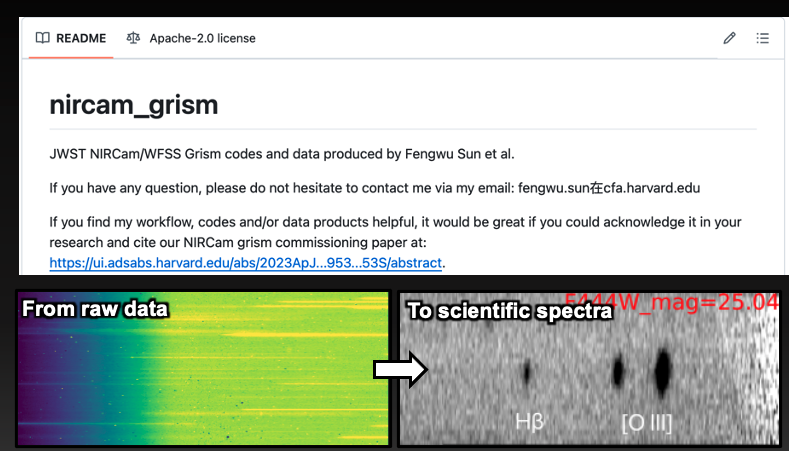
NIRCam WFSS Data Processing Notebook & Calibrations on Github
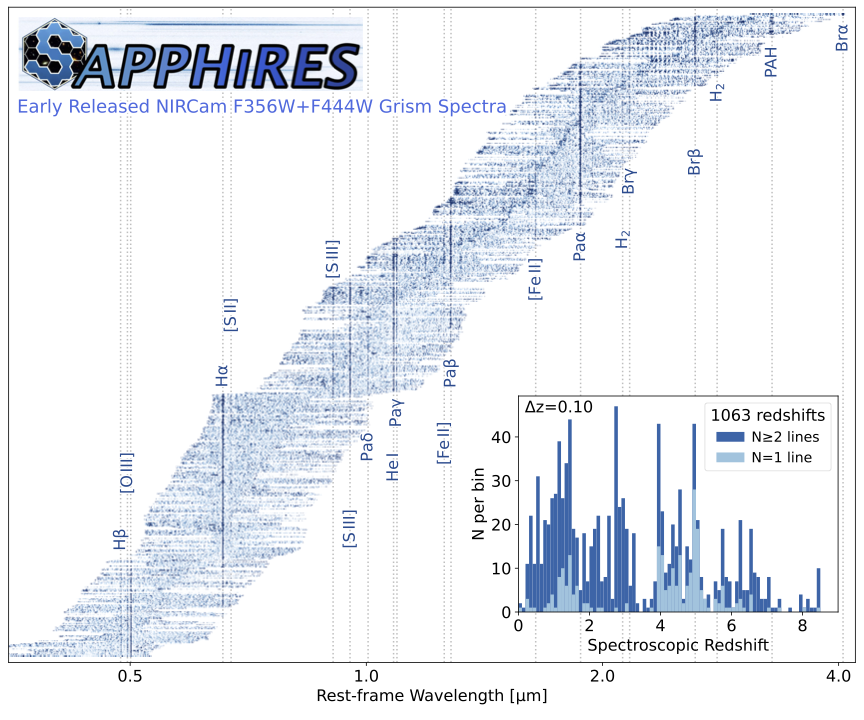
SAPPHIRES (JWST Cycle-3 GO-6434) Early Data Release on Github
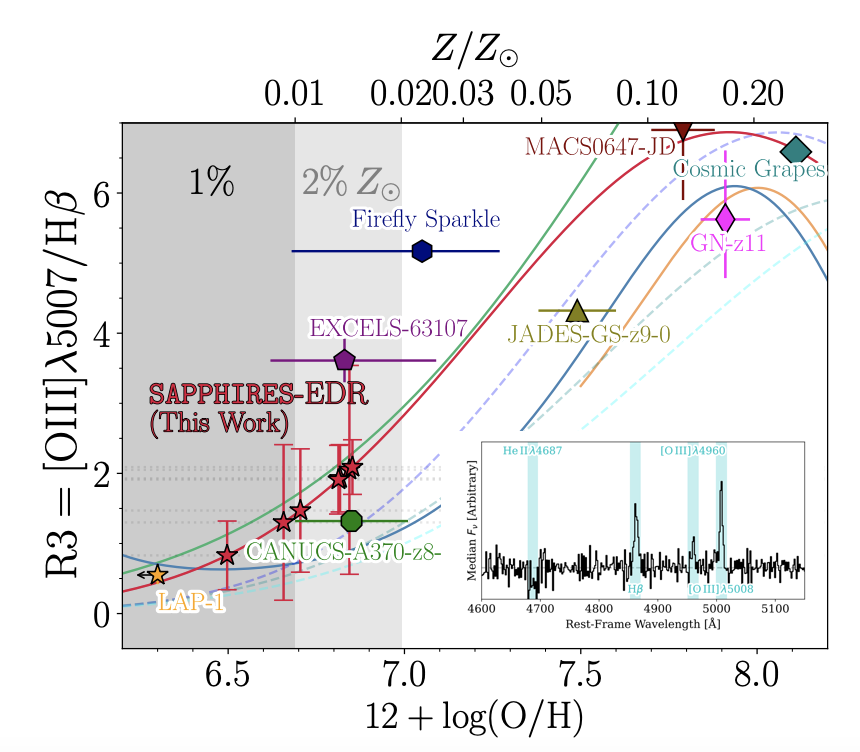
SAPPHIRES: Extremely Metal-Poor Galaxy Candidates with 12 + log(O/H) \(< 7.0\) at \(z \sim 5 − 7\) from Deep JWST/NIRCam Grism Observations
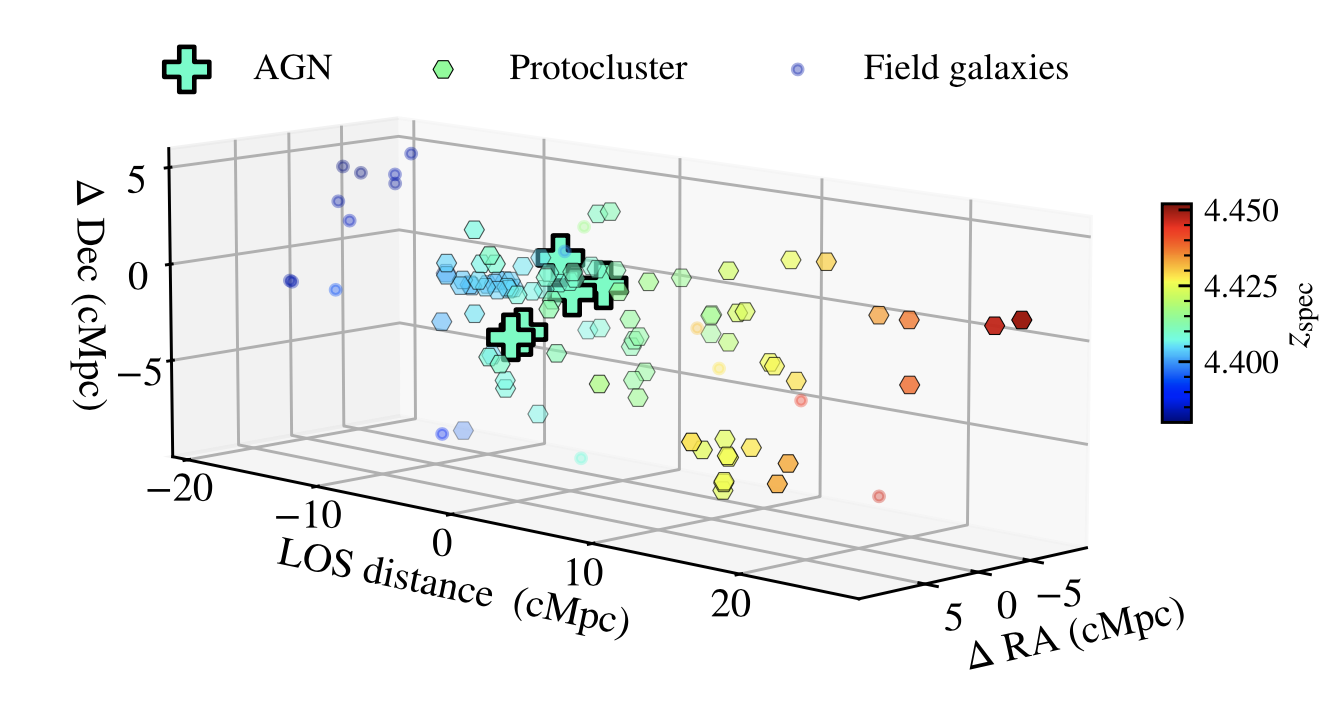
The Large-scale Environments of Low-luminosity AGNs at 3.9<z<6 and Implications for Their Host Dark Matter Halos from a Complete NIRCam Grism Redshift Survey
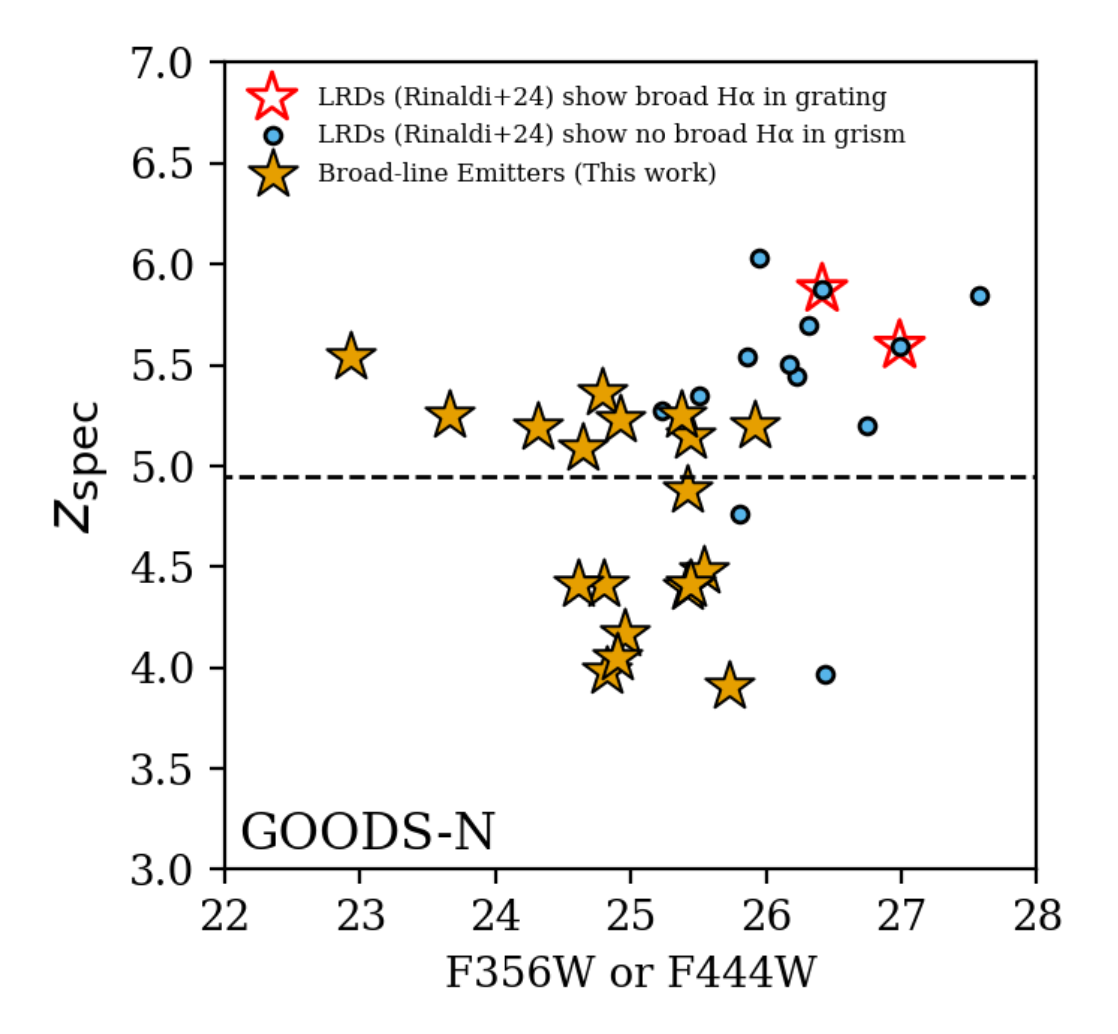
Abundant Population of Broad H\(\alpha\) Emitters in the GOODS-N Field Revealed by CONGRESS, FRESCO, and JADES
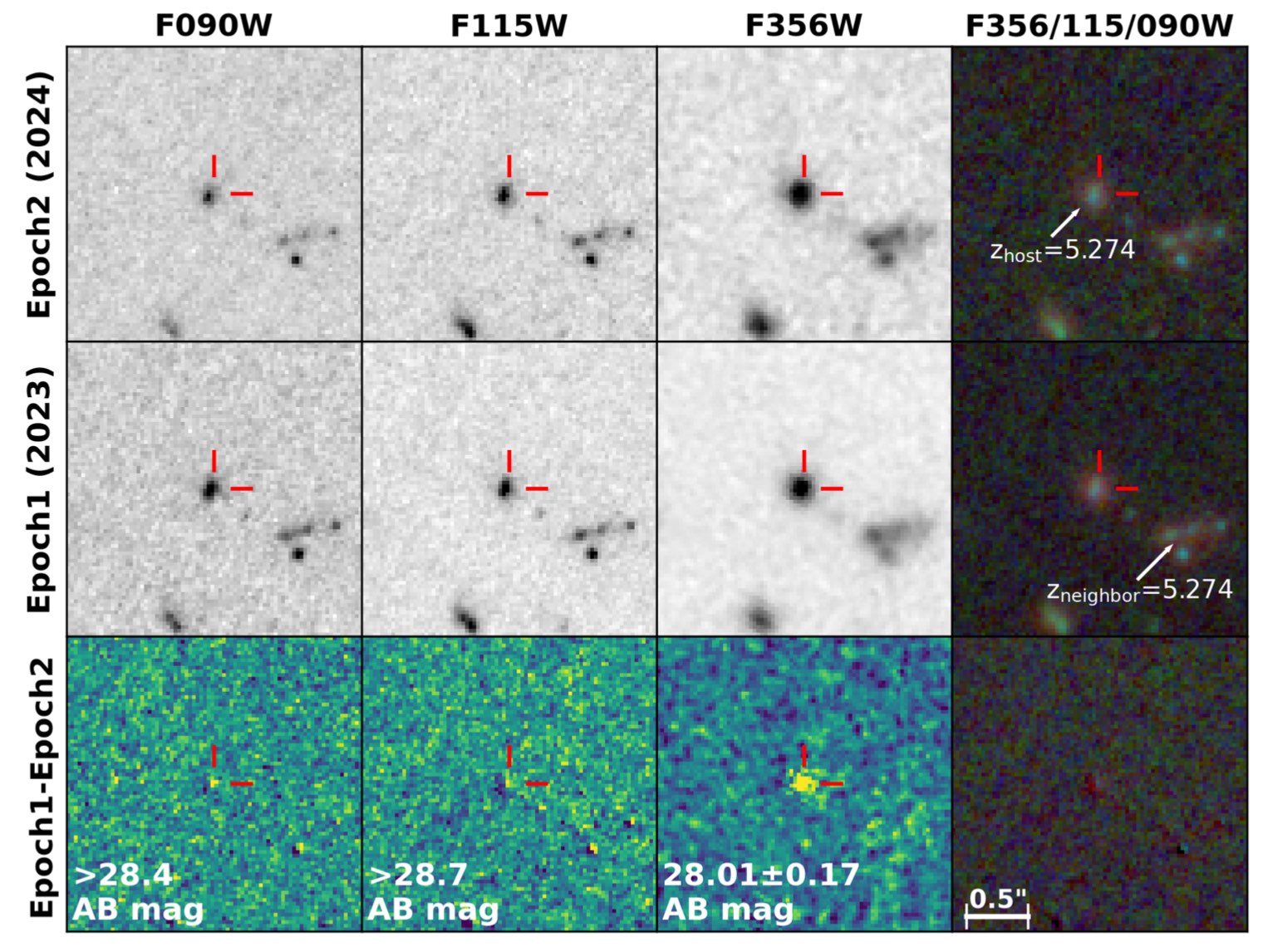
The First Photometric Evidence of a Transient/Variable Source at z>5 with JWST
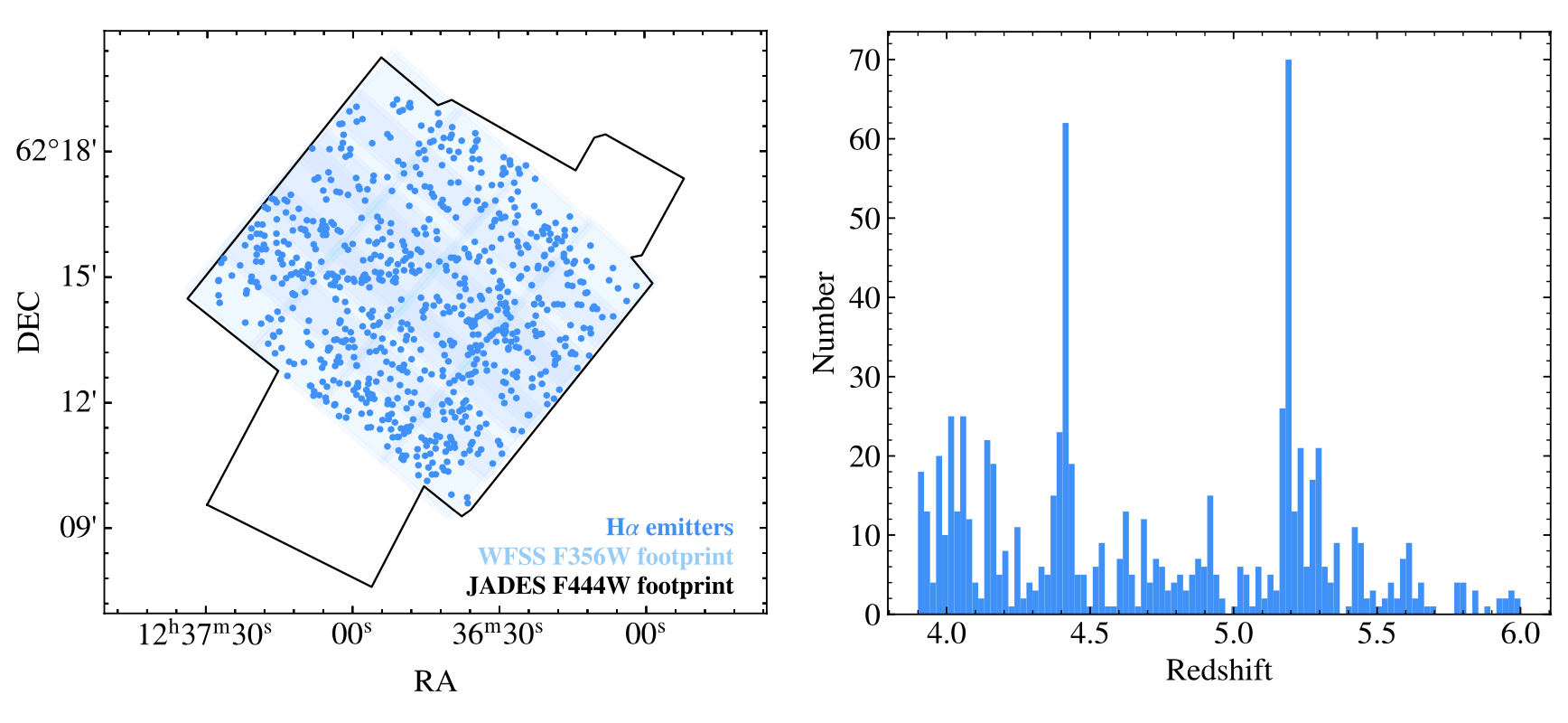
The Luminosity Function and Clustering of H\(\alpha\) Emitting Galaxies at z≈4-6 from a Complete NIRCam Grism Redshift Survey
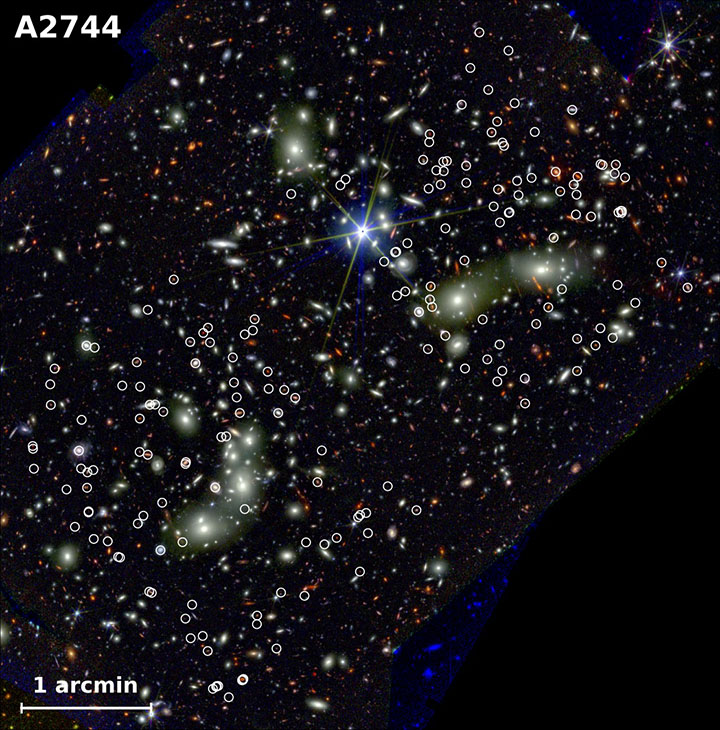
MAGNIF: Spectroscopic Census of H\(\alpha\) Luminosity Functions and Cosmic Star Formation at z ~ 4.5 and 6.3
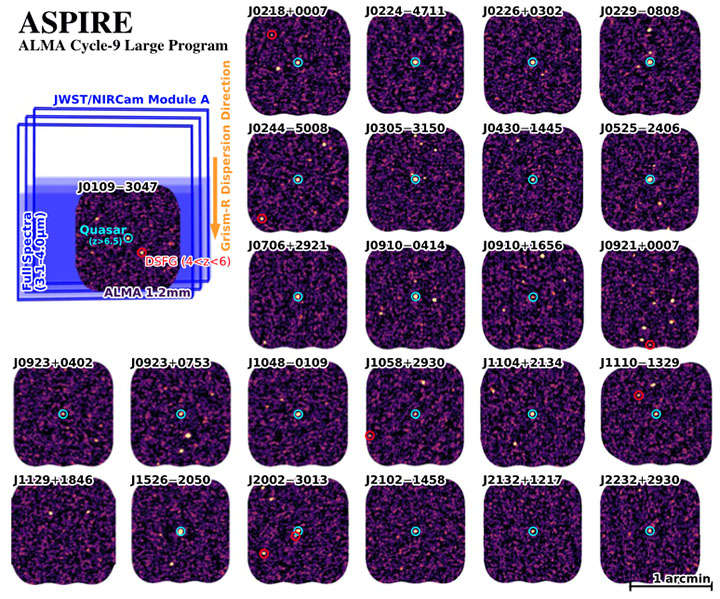
ASPIRE: Spectroscopically Complete Census of Obscured Cosmic Star Formation Rate Density at z=4–6
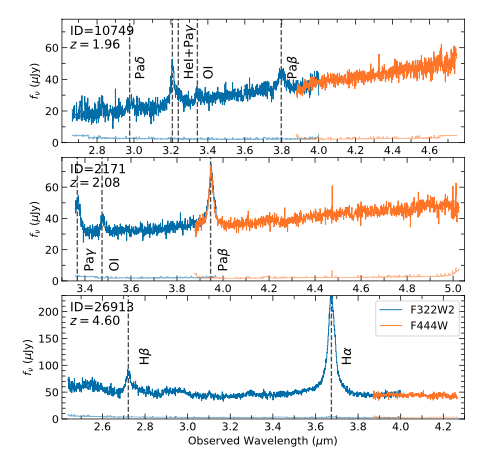
NEXUS Early Data Release: NIRCam Imaging and WFSS Spectroscopy from the First (Partial) Wide Epoch
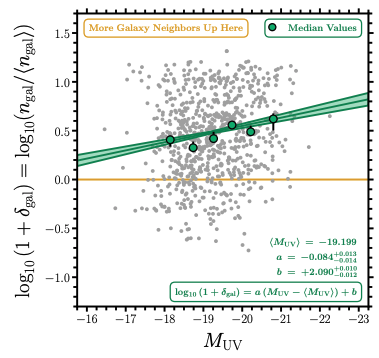
Identification of High-Redshift Galaxy Overdensities in GOODS-N and GOODS-S
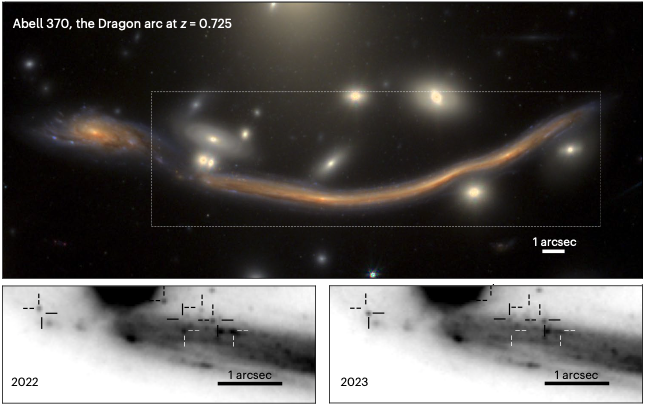
Identification of more than 40 gravitationally magnified stars in a galaxy at redshift 0.725
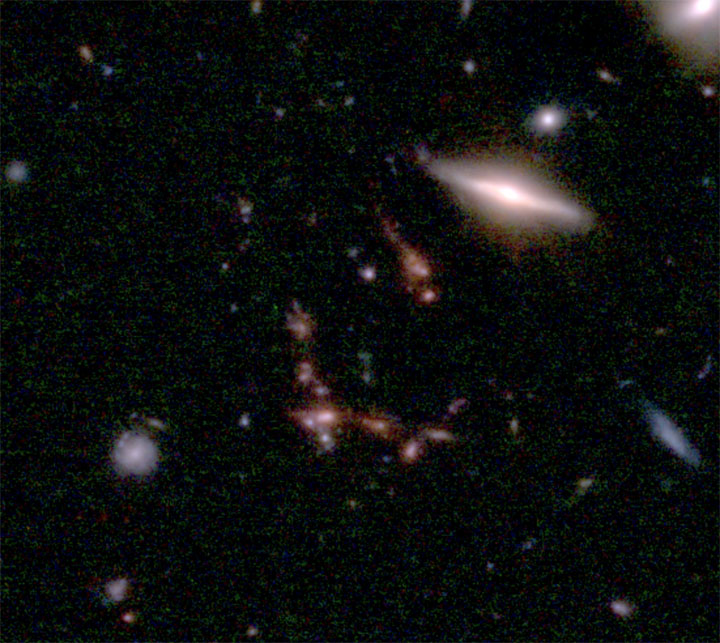
JADES: Discovery of an Extreme Galaxy Overdensity at z = 5.4 with JWST/NIRCam in GOODS-S
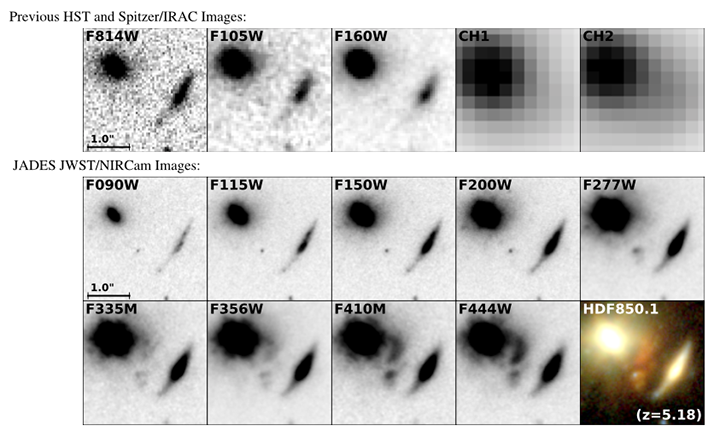
JADES: Resolving the Stellar Component and Filamentary Overdense Environment of HST-dark Submillimeter Galaxy HDF850.1 at z = 5.18